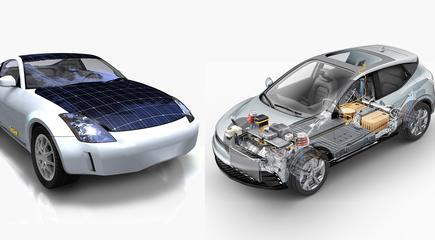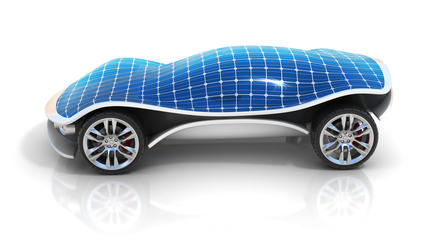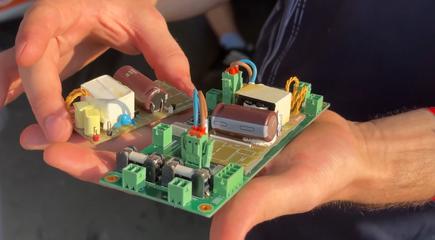Vital Solar Race Telemetry Systems Must be Power Efficient
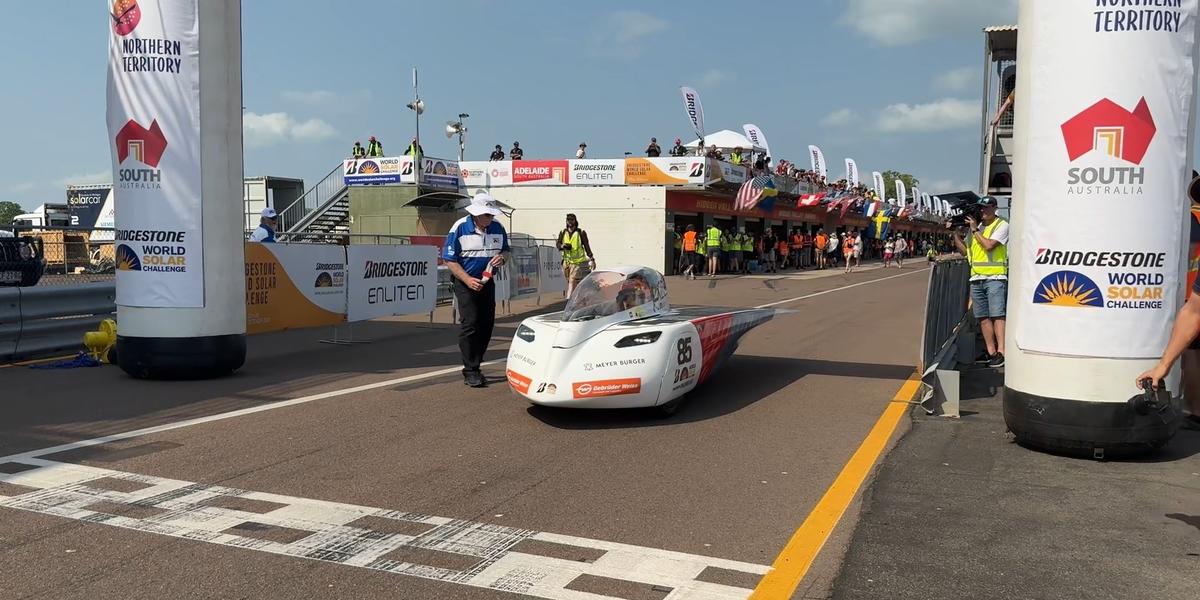
Any race pushes participants to the very limits of performance. When the purpose of the event is to challenge accepted thinking and try out multiple new technologies, the likelihood of failure is very high. When you combine that with extremely hostile conditions – including extreme heat which is known to be a killer of many systems, especially electronics – then finishing at all can be regarded as victory.
That is certainly the stated ethos of many of the teams competing in this years’ Bridgestone World Solar Challenge, a race for solar-powered vehicles, north to south from Darwin to Adelaide across Australia’s outback in the searing heat. In 2019, the last time the event was held, many of the teams did not finish – such as Vattenfall, the highly experienced and previously successful Dutch outfit which saw their car, Nuna, destroyed by fire while in the lead.
Fire is a major concern for all teams, since the highly efficient, yet volatile battery systems are pushed to the limit during the race and can easily overheat, causing combustion. Another challenge is stability as the ‘cars’ are engineered for aerodynamic efficiency but cannot afford the payload of stabilizers employed in F1 cans to provide downforce. In 2019, three of the leading cars suffered crashes at over 100 km/h due to severe wind conditions, although both Sonnenwagen from Germany and Agoria from Belgium managed to complete the race, with the Belgians even winning the event for the first time.
The cars are not alone as they cross the deserts of central Australia. Each team also includes a lead vehicle to scout out the route and conditions and a chase car that performs complex minute-to-minute analysis of conditions so the best strategies for maximizing the use of available solar power can be determined. This requires accurate telemetry to monitor and communicate the conditions of mission critical systems, such as safety, battery condition, speed, steering, control, and power usage, storage and harvest.
The electronic systems that provide these functions – like everything else – need to be as efficient as possible, since power can only be harvested from on-board solar panels during the race. The aim is to run ‘energy neutral’, using only as much energy as can be captured while progressing along the course without drawing on the battery reserves. However, on occasion, the sun is obscured by clouds, and at other times, especially when challenging for places, higher energy consumption is needed.
The αCentauri Solar Racing team from the ETH Zurich in Switzerland is using an auxiliary power supply based on a Power Integrations switcher IC to convert power for the control board of its vehicle, named Aletsch, and also to deliver a critical safety drivetrain shut-off function which can be activated from both inside and outside the vehicle in case of emergency. The PSU that αCentauri had in an earlier design featured a power module that had a peak efficiency of 90%.
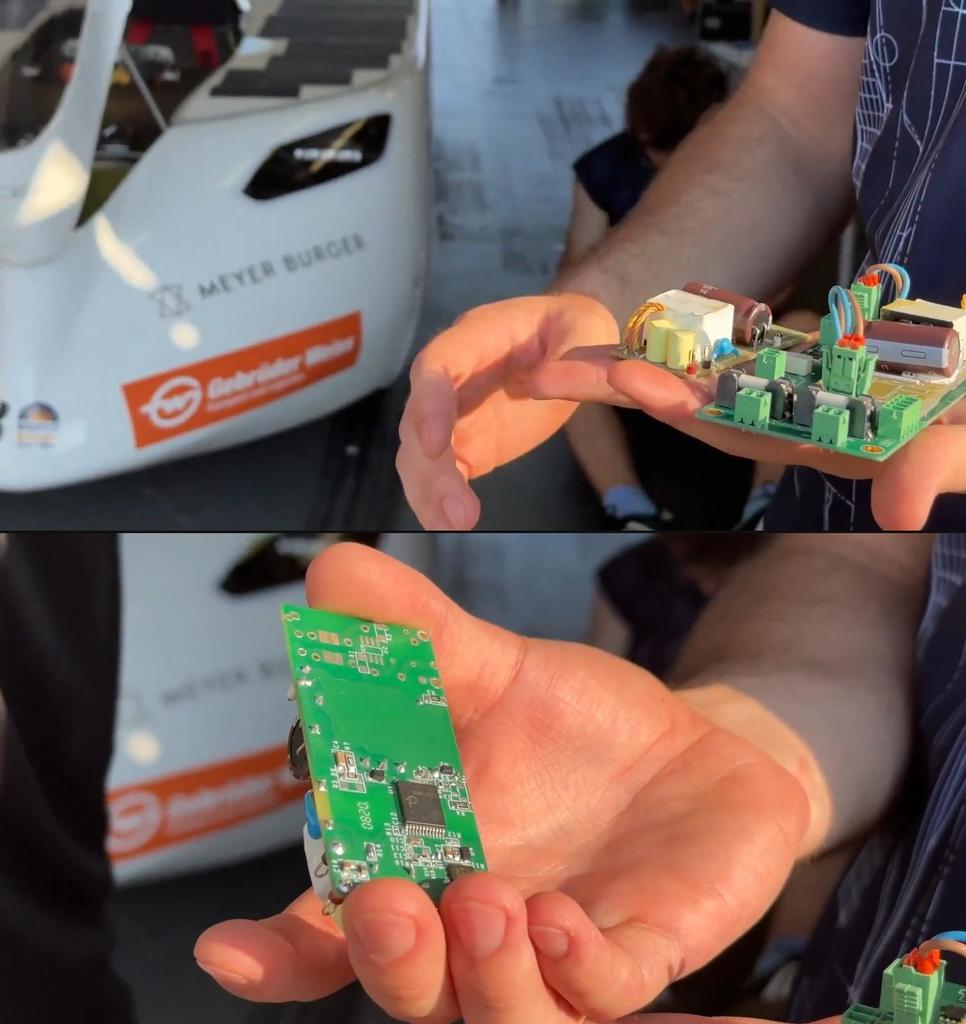
However, that early system dropped in efficiency at light loads where most of the low-voltage functions – including steering wheel control, battery telemetry, connection to CANBUS, lights – operate. The team contacted PI to improve the design; the original spec called for 90-150V DC input, with a 12V DC, 10W (nominal) output. Peak power was set at 50 W.
The new system uses a Power Integrations 750 V PowiGaN-based InnoSwitch3-EP flyback switch to achieve efficiencies of about 95% at peak and light loads. Additionally, the new design saves space and weight. αCentauri was exceptionally happy to see that the new design maintained high efficiency, even at 20% load, which was their primary objective.
αCentauri calculates the efficiency difference at an approximate 20W load results in a power saving of ~1.5W in average. Over the whole challenge, they expect to save 60Wh, which is enough to drive 5 km with the solar car (in the dark).
As well as powering mission critical and vital battery-monitoring telemetry systems, the control board also drives the warning horn. This is not just a regulatory requirement – since the challenge occurs on open, public roads, all cars must be ‘street legal’ (and comply with speed limits) – it is also a very practical one too. Slowing down and speeding up waste precious energy, so if wildlife strays (or perhaps, hops) onto the freeway, an audible warning is a valuable tool as well as a necessity.
Power Integrations is excited to sponsor and cheer on Team αCentauri to a successful trek through the Outback. Mr. Green is heading to Australia to follow them in the #PowiGaNVan and will report along the way. We hope you’ll follow us via this blog, our YouTube channel and social channels.
This Mr. Green blog is part of a special series of blogs, vlogs, livestreams and social posts from the #PowiGaNVan as we follow Team αCentauri through the Australian Outback for the Bridgestone World Solar Challenge.


